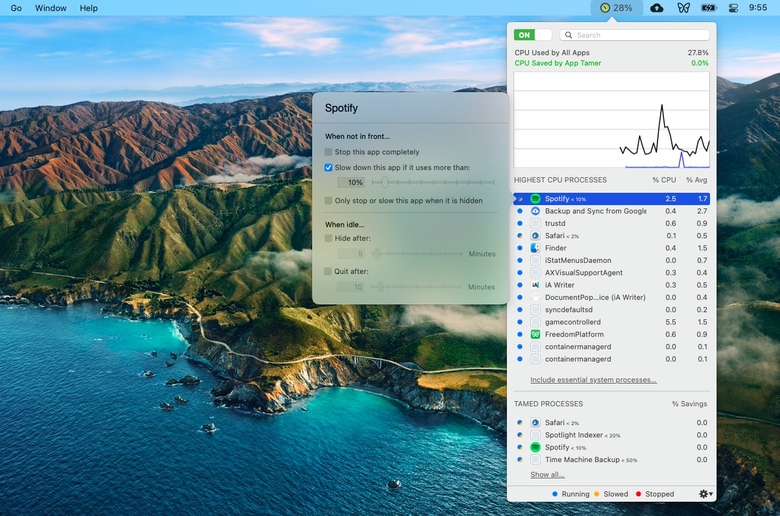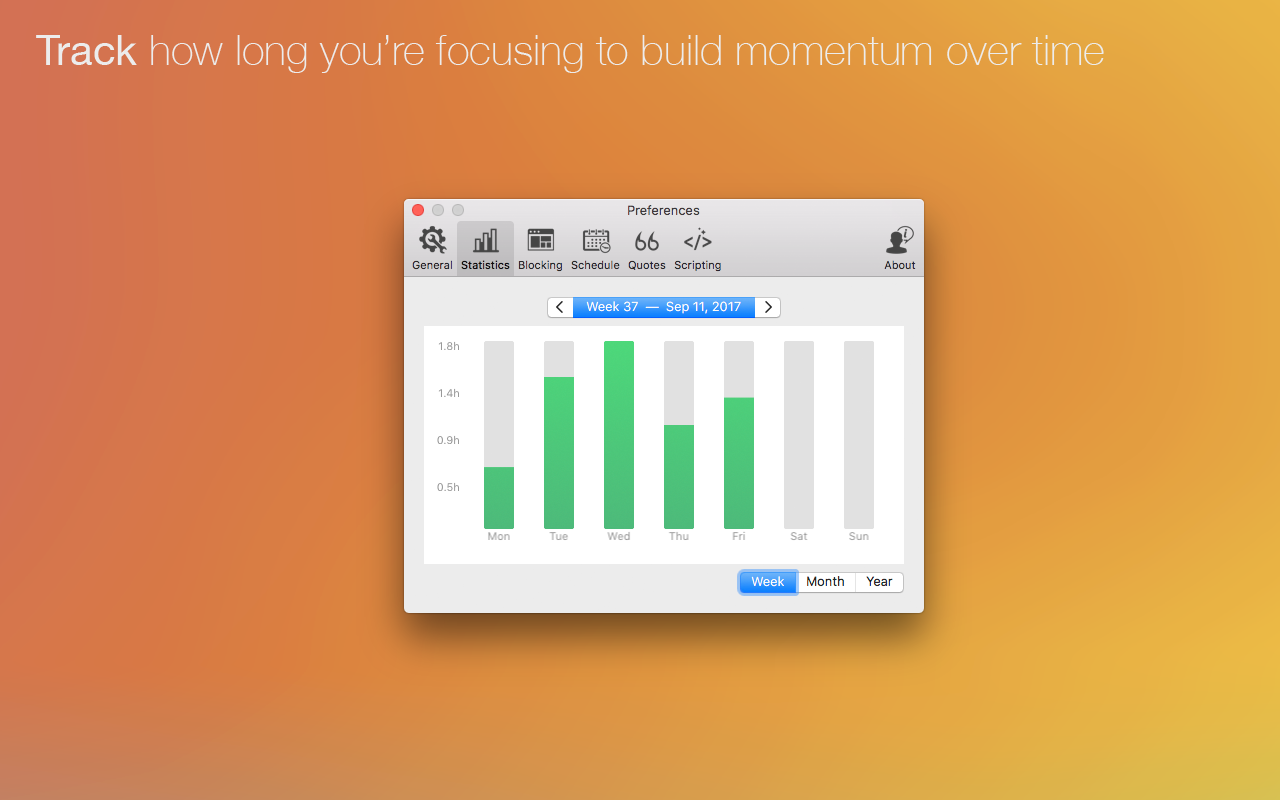

- ISTAT MENUS DAEMON BERKELEY PACKET FILTER CODE
- ISTAT MENUS DAEMON BERKELEY PACKET FILTER SERIES
- ISTAT MENUS DAEMON BERKELEY PACKET FILTER WINDOWS
I search for a way to feed the BPF-Class with the raw filter (see code block above) not with the high level expression. The Class only accepts high level filtering expression (like tcp port 80). The packet filter appears as a character special device, /dev/bpf After opening the device, the file descriptor must be bound to a specific network interface with the BIOCSETIF ioctl. All packets on the network, even those destined for other hosts, are accessible through this mechanism. Pcap.Net has a class to handle the BPF which is also called BarkeleyPacketFilter. The Berkeley Packet Filter provides a raw interface to data link layers in a protocol independent fashion.

WinPcap uses this BPF and so does Pcap.Net. code = BPF_JMP + BPF_JEQ + BPF_K Įdit to clarify: Berkeley Packet Filter is an interface for unix based system. code = BPF_JMP + BPF_JGT + BPF_K īpf_insn. The raw bpf_program: struct bpf_program bpf_program īpf_program.bf_len = sizeof (bpf_insn)/sizeof (struct bpf_insn) īpf_insn.
ISTAT MENUS DAEMON BERKELEY PACKET FILTER WINDOWS
This could otherwise result in the kernel crashing. For windows there is WinPCap that could help you do the same thing.

ISTAT MENUS DAEMON BERKELEY PACKET FILTER SERIES
Before an eBPF SysCall loads, it has to go through a series of checks: This environment model – known as a sandbox – helps to reduce the risk that the system has an adverse effect on the kernel logic.Įxecuting system calls in the kernel is always associated with certain security and stability risks. The Extended BPF runs within an isolated environment in the kernel and is therefore executed under protection. It can securely run any applied intermediate language (byte code) during runtime (just-in-time compilation) directly in the kernel.

With its many new features, the filter is known as Extended BPF – or eBPF for short. Thanks to ongoing development, BPF now operates as a universal, virtual machine directly in the kernel, where the entire organization of processes and data occurs. The around 330 Linux SysCalls include the following: This checks the access rights before confirming or denying the request. by calling up special, operational system functions – the Berkeley Filter sends requests to the kernel. In turn, it translates the instructions into machine codes, thereby enabling direct execution. In its role as interpreter, the Berkeley Filter reads the source files, analyzes them and runs instruction by instruction. As a result, the BPF executes a predefined format of instructions. In order to perform its functions, the Berkeley Packet Filter was embedded as an interpreter in machine language as part of a virtual machine.


 0 kommentar(er)
0 kommentar(er)
